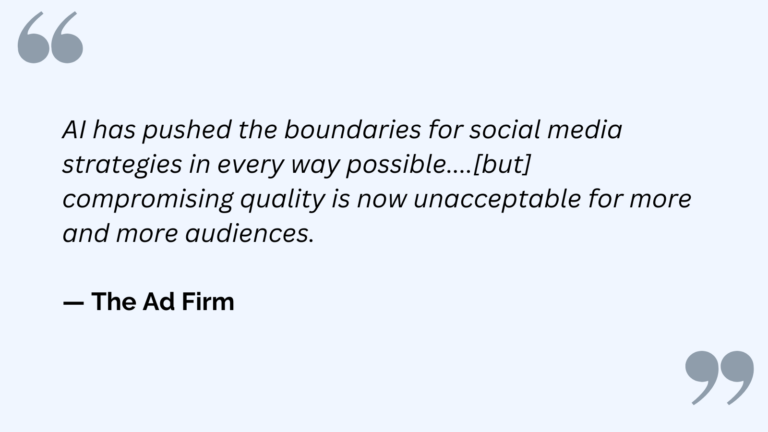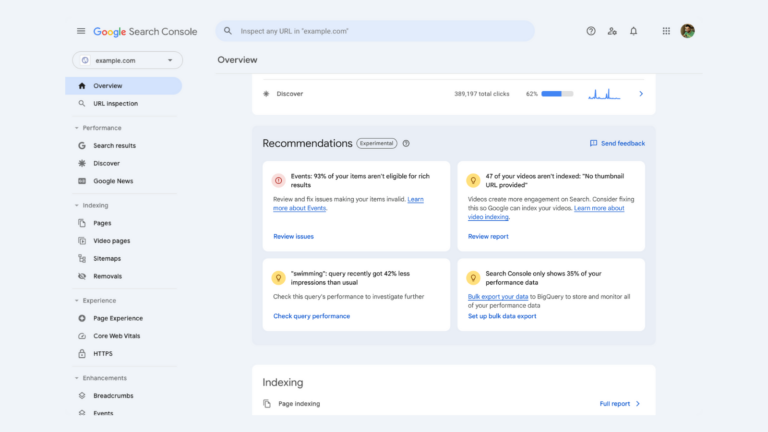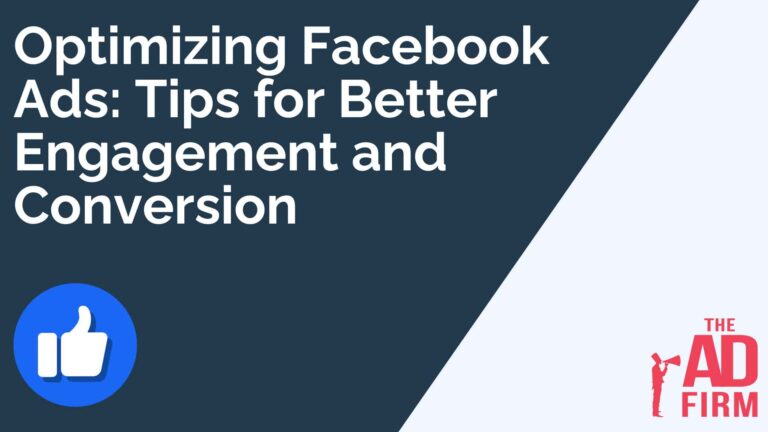To many of us, the color of your website had more to do with what we like, rather than what might be right for our business. Does it matter what specific industry we may be in? What our product or services are? Or even what brand we’re trying to portray? The color palettes we choose for our website does substantially more than we think.
Making good “color of your website” choices takes a careful, thought-out plan.
The color scheme you choose can influence how a visitor interprets what they see as much as a website’s entire layout – and if done well, can positively impact the evaluation of your brand as an entirety. Also, if you already have questions regarding the picture above, it’ll be discussed further down the post.
First, let’s take a look as to why the color scheme you choose is so important.
Can the color scheme you choose be that important?
Well, we believe we may be asking ourselves the wrong question after all. The real questions should be: What do we want our our website to accomplish and which color schemes can get it done?
Branding
For branding purposes, consistency is key. Essentially, the color scheme you choose is going to be the colors people associate your company with. Think about this – when you think of McDonald’s, you automatically think of red & gold. When you think of the Lakers, purple & gold. Even when you think of the United States, we wave our good ol’ red, white & blue.
The color of your website needs to be an accurate representation of your brand, and beyond that, it needs to be memorable enough for visitors to know who you are.
Let this sink in – color increases brand recognition by 80%, according to a study done by ColorCom. The fact of the matter is; it’s not just ColorCom stating that’s 80%, many other studies found the exact same percentage and a quick Google search can lead you to the same results.
We came across another Google study that will completely turn your head upside down. If you’d like to read the entire study, you can find it here, but the basics of this study states that users form their opinions on a website within 50 milliseconds. Nope, not 50 seconds, 50 milliseconds.
Design was the major factor, and of course web design has to do with much more than just color, but since color is the most obvious factor that can be caught within those 50 milliseconds, it leads us to believe that the color can make or break their opinion of your company.
If we step into the shoes of a user, color is the easiest aspect of a page to understand, easiest to judge.
Shape Visitor’s Emotions
The direction you want your company to pursue depends on the “personality” you want to portray. A study done by well-known psychologist Jennifer Aaker has concluded that there are five core dimensions that play a key role in a brand’s personality.
A brand’s personality can mix between traits but their core personality is centered around one. As we see in the chart above, the color can show consumers what exactly is your brand’s personality.
If you’re looking for the safest color choice, blue is the most commonly chosen among both men and women. Here’s an interesting read about the three most commonly chosen colors as personal favorites.
For the most relatable example, we see that both Facebook and Twitter use the color blue as their brand’s choice, as blue is not only the favorite but is also associated with the feelings of trust, authority, and reliability. Quite the trio if you ask us.
As you select the color of your website, keep in the emotional reactions you’d like to get from your users when they take their first steps into your website.
Bring A Sense Of Order
Color can also lead users further down the sales funnel if utilized correctly. We can shape their emotional reactions and we can also make it simpler for a user to be led where we want them to go. As you visit a website, there’s always a color that stands out to you, a color that draws your attention and urges you to focus on it. What’s usually behind that color, rather, what’s usually the focus?
A button – a “call-to-action”.
Well, not necessarily, but it’s mainly a piece of the website that urges us to take action or “read this” because it’s important.
Generally, there are three stages of color on a website: background, base, and accent.
The background is – drum roll please – the color of the background of your website.
The base is the foundation color that provides a complimentary backdrop and makes for an easy reading experience.
The accent is what you want to pop out, what you want them to notice first. The accent is used sparingly to truly pop when needed so that users gravitate towards it and know it’s important.
As we’ve stated before, maintaining consistency between these three levels can create a sense of hierarchy that makes it easy for users to interact with your site and know what is most important on every page.
The more your accent color contrasts with the color of your background, the more chance it will positively impact your users.
The question we’ve come across at this point is what the correct amount of each color should be displayed across each web page. How small is too small for the accent color to come out? Am I using too much of the background color that my website looks too boring?
All these are normal questions we’ve all come across before. If you’re looking for the lone answer to any of these questions, there is none. It’s all preference on what is your desired taste and what might be best for your company. We’ll tell you this – there’s a standard rule that was originally popularized by interior designers and that’s the “60-30-10 rule”.
Remember, this rule is not set in stone and should not overrule any decision your team has about your website; it’s merely a starting point. After all, a page with multiple sections, various calls to action, and different navigation bars will likely require much more variety in color than a simple, straightforward landing page.
Again, it comes down to what’s best for your site and what’s best for your users.
Use Us As An Example
We’ve decided to use our own homepage as an example because who knows our website better than us.
Instantly, your eyes are drawn to the red call-to-action button that says “Schedule A Consultation”. Immediately, the assumption should be that this is our accent color, the color we chose to stand out and grab your attention. This shade of red is an excellent choice to stand out from the blue but not bright enough to overwhelm and fluster the user.
This brings us to our base color, the shade of blue that is nearly reflective of Facebook’s shade of blue. We decided to a lighter shade of blue to be a bit more pleasing to the eye that will not distract from the accent color. Our mission is to be transparent and establish trust with our clients, and as we saw in the aforementioned, this shade of blue builds a sense of trust with our clients.
Finally, we get to the background color of our home page – a simple white. White is the color we chose because we wanted to keep it simple for our users; we’re an SEO agency that is nothing fancy and has nothing up their sleeves, we only want to get our clients results using proven SEO strategies that work and we’ll show reports of what we’re doing and how it’s helping get results.
The color scheme we’ve chosen is new and still being tested to get a thorough analysis if it’s working. We’d love to get an input of not only our home page but of our entire site at www.theadfirm.net as well. Visit our site or leave a comment below and tell us what you think.
Final Thoughts On The Color Of Your Website
All this new information may be a bit too much to process at the moment but it’s information to be considered when deciding on your website. As we say this, the final choice of your website’s color scheme is entirely up to you and what’s best best for your company.
Above all, the color scheme needs to be well-received by your target audience.
To find out the best choice for the color of your website, do as we did and begin A/B testing your pages to find out what works best and what doesn’t. If you’d like to learn more or if you’d like us to take charge, be sure submit our contact form.Once Upon a Time…The Internet and Ad Firm met. Call it perfection. Call it love. Call it the start of an epic adventure. If ever there was a moment in human history that deserved a Facebook “like”, this was it…








